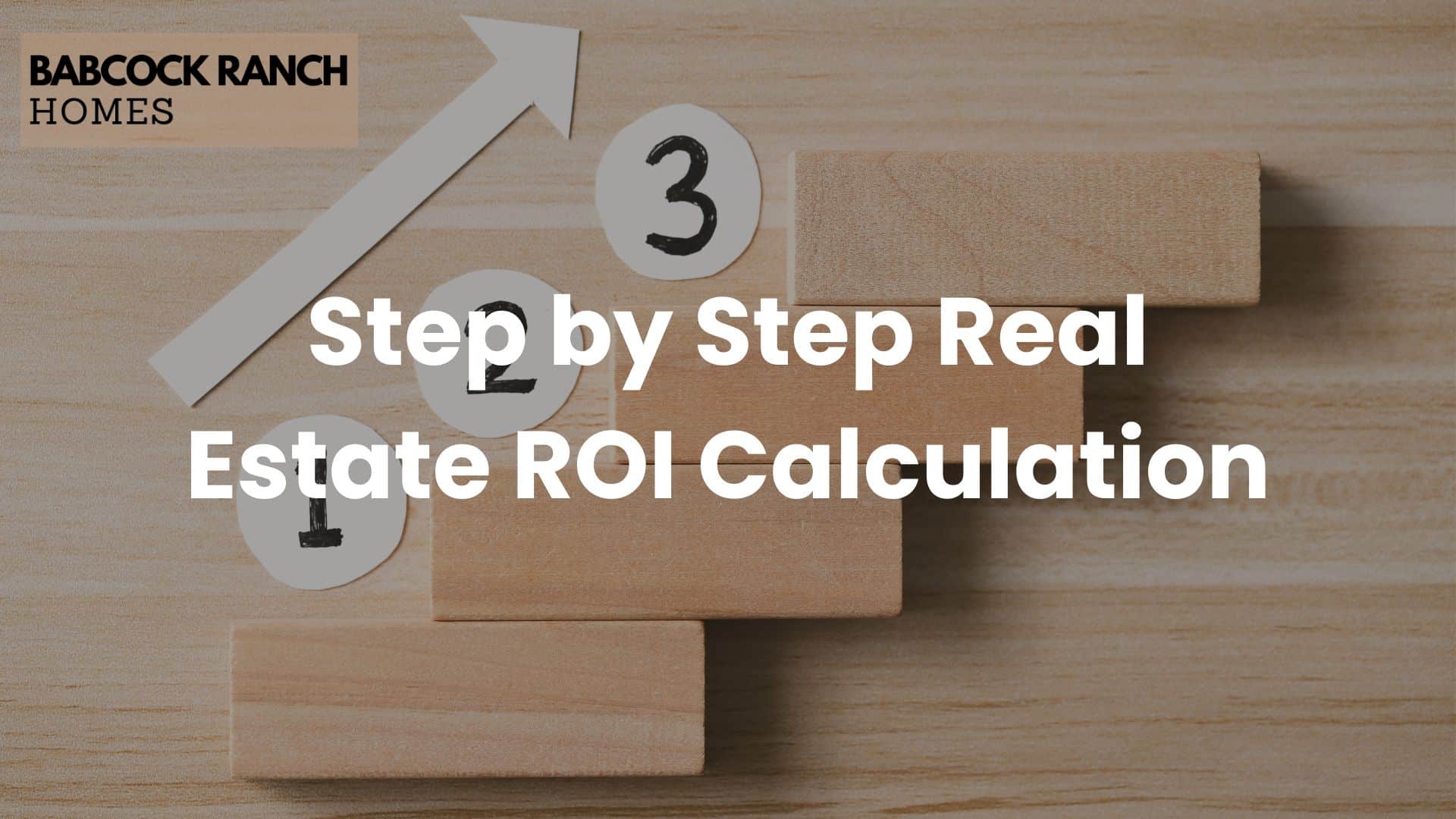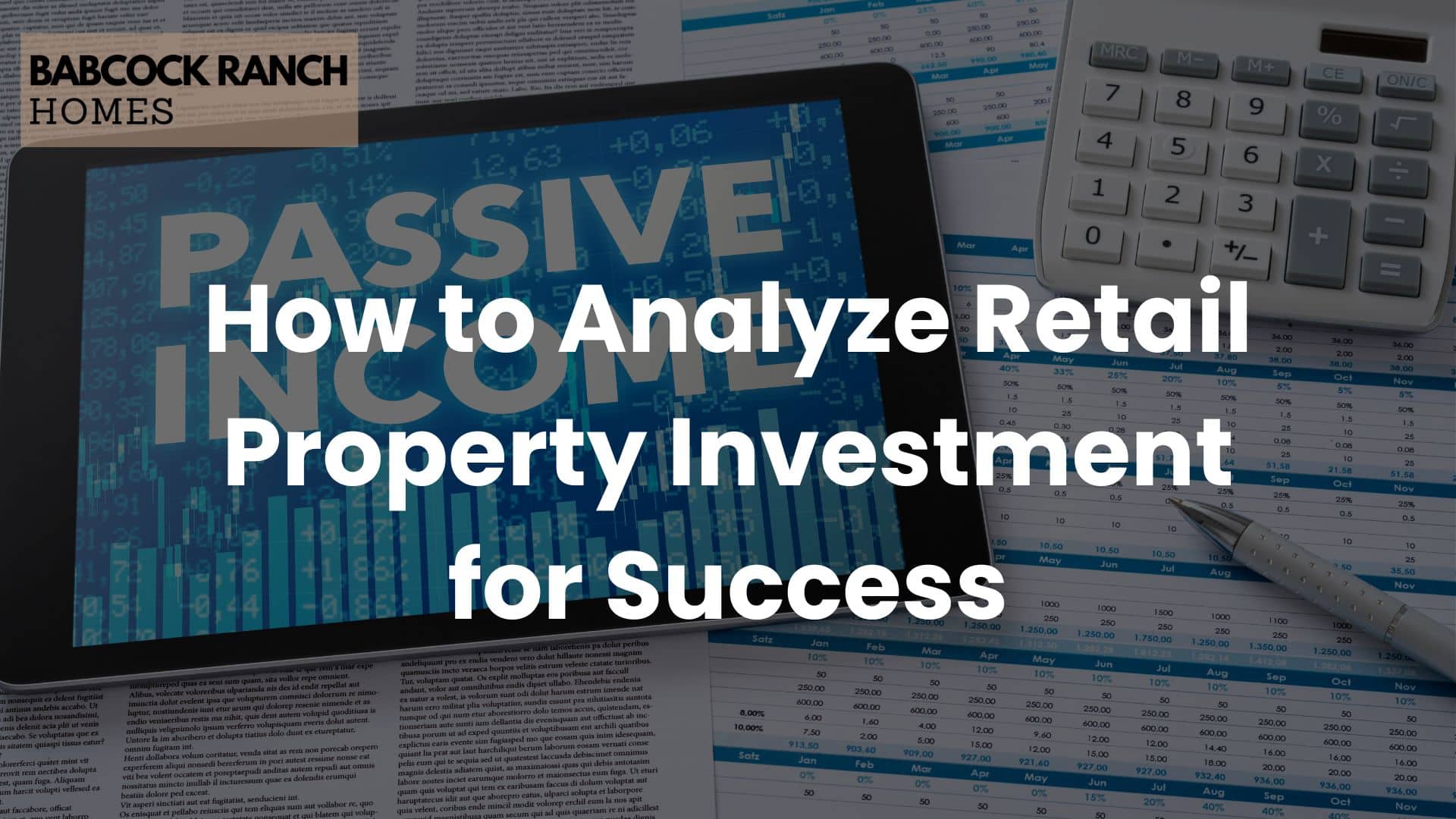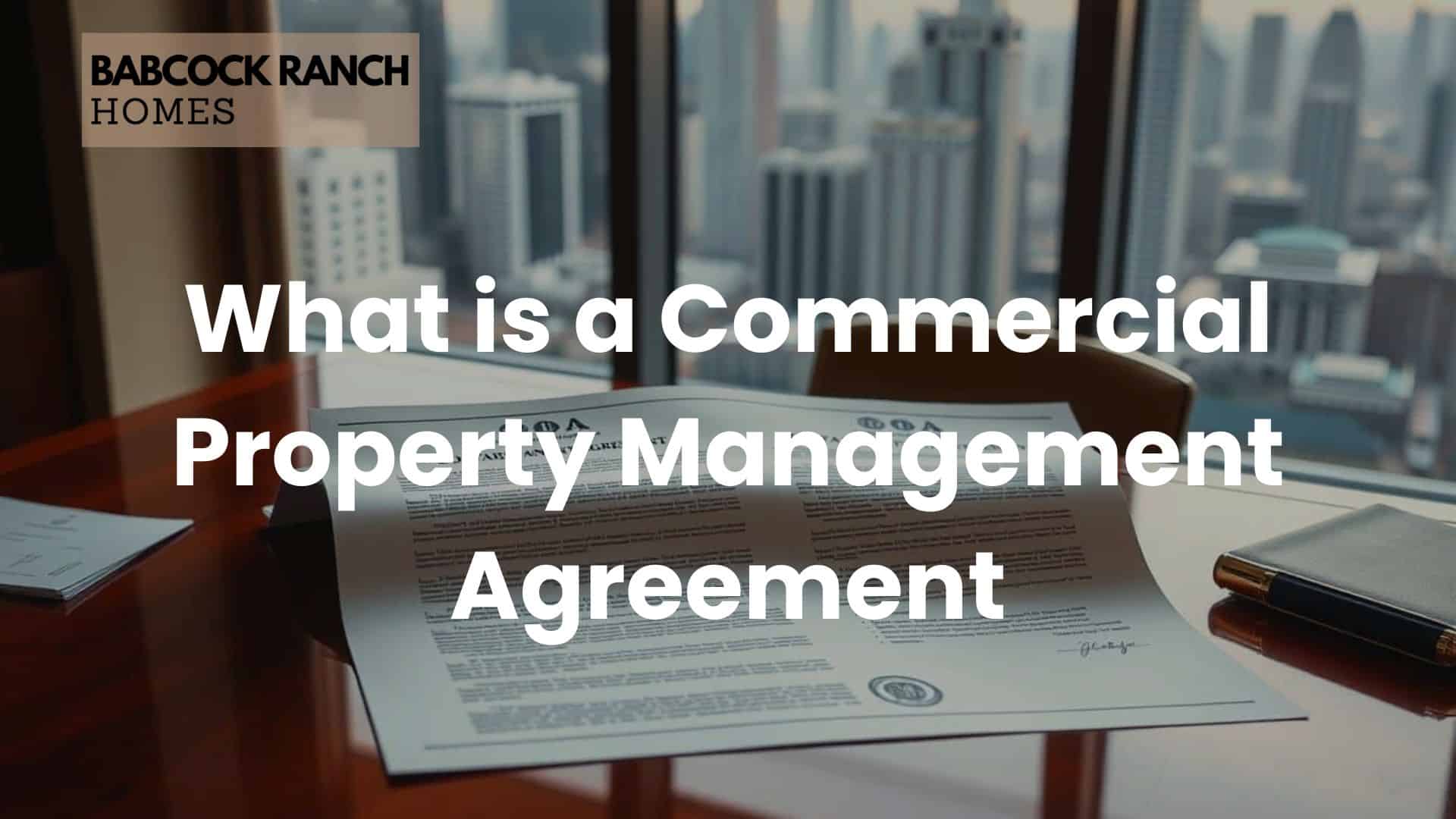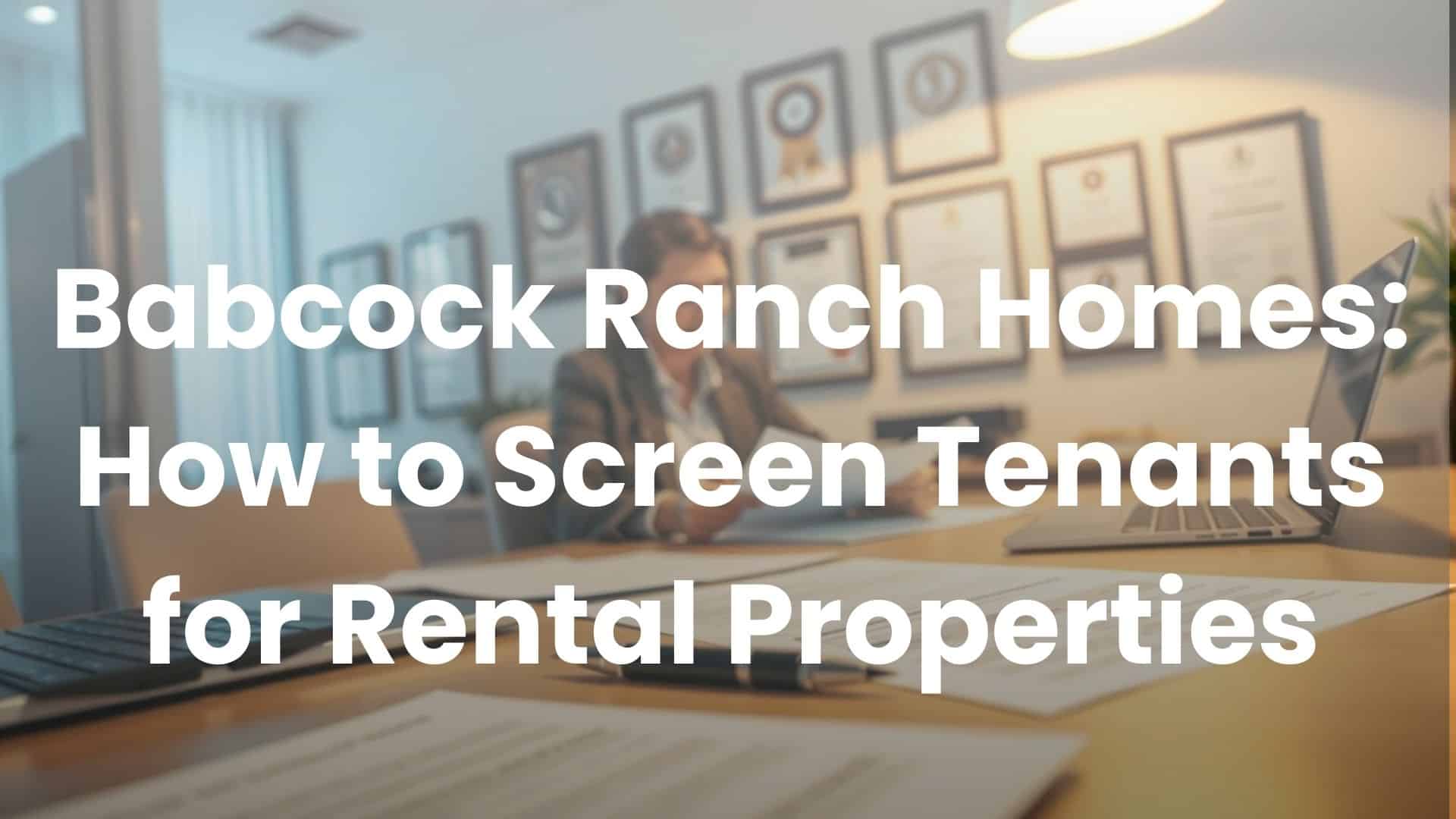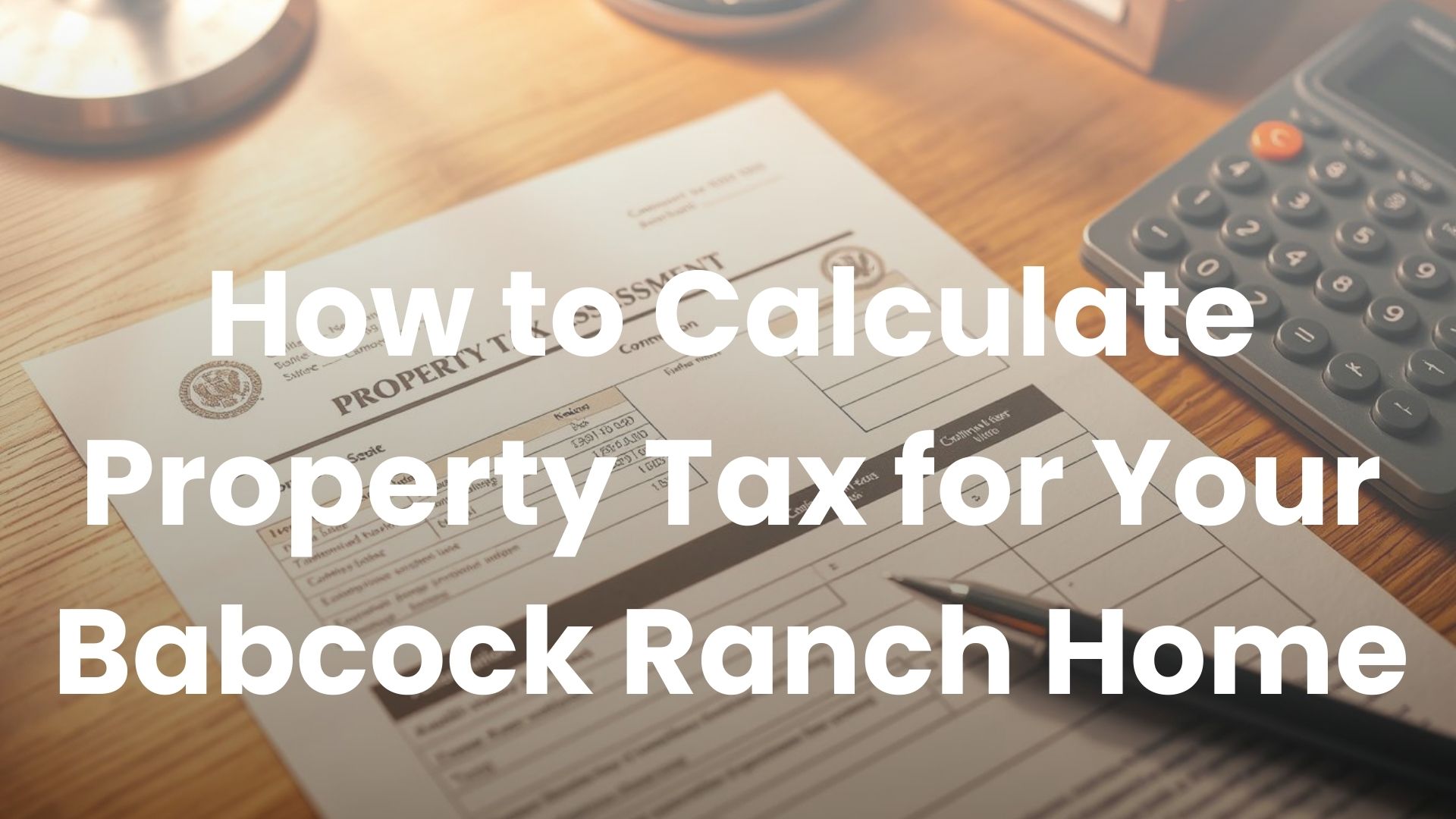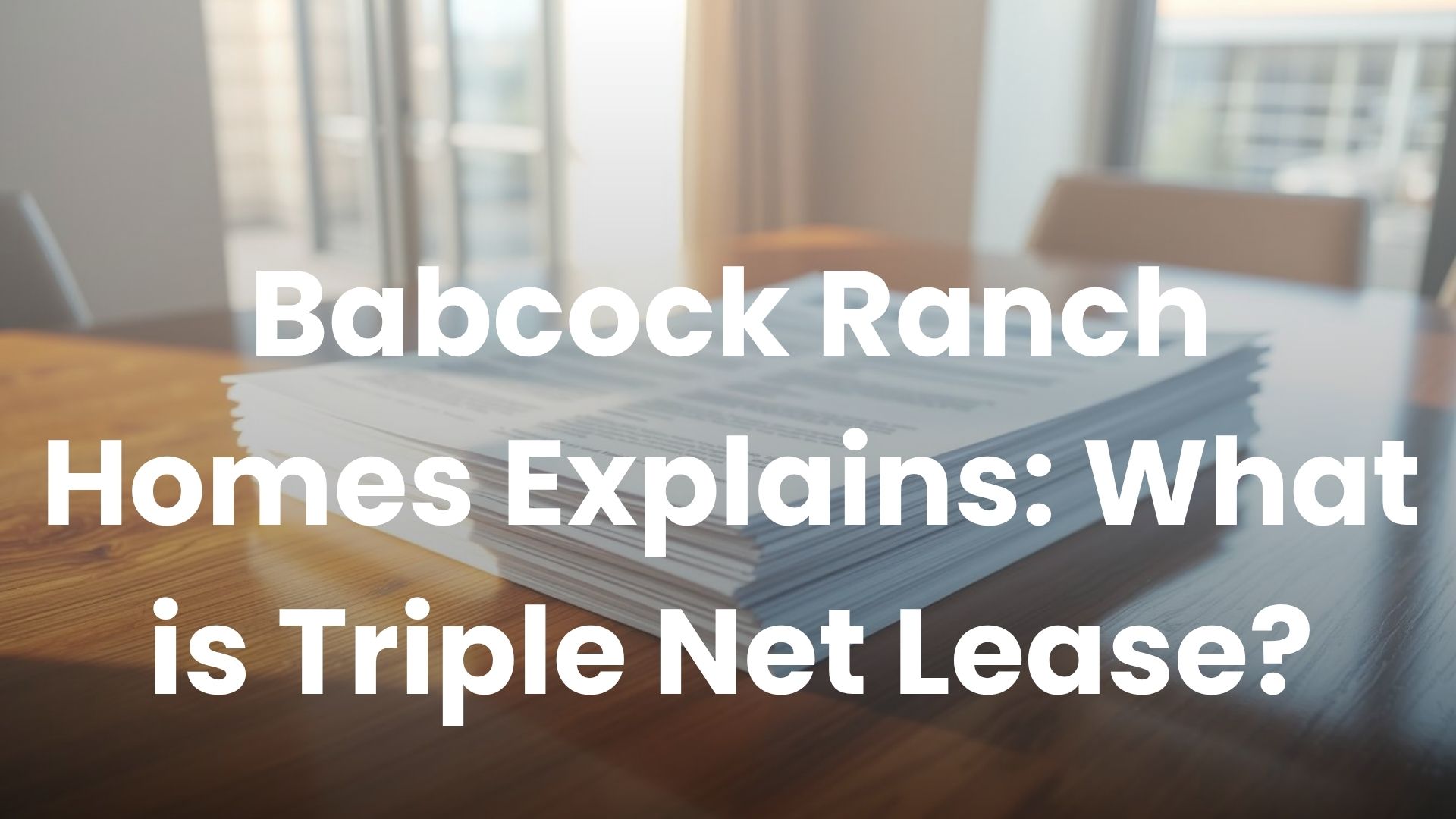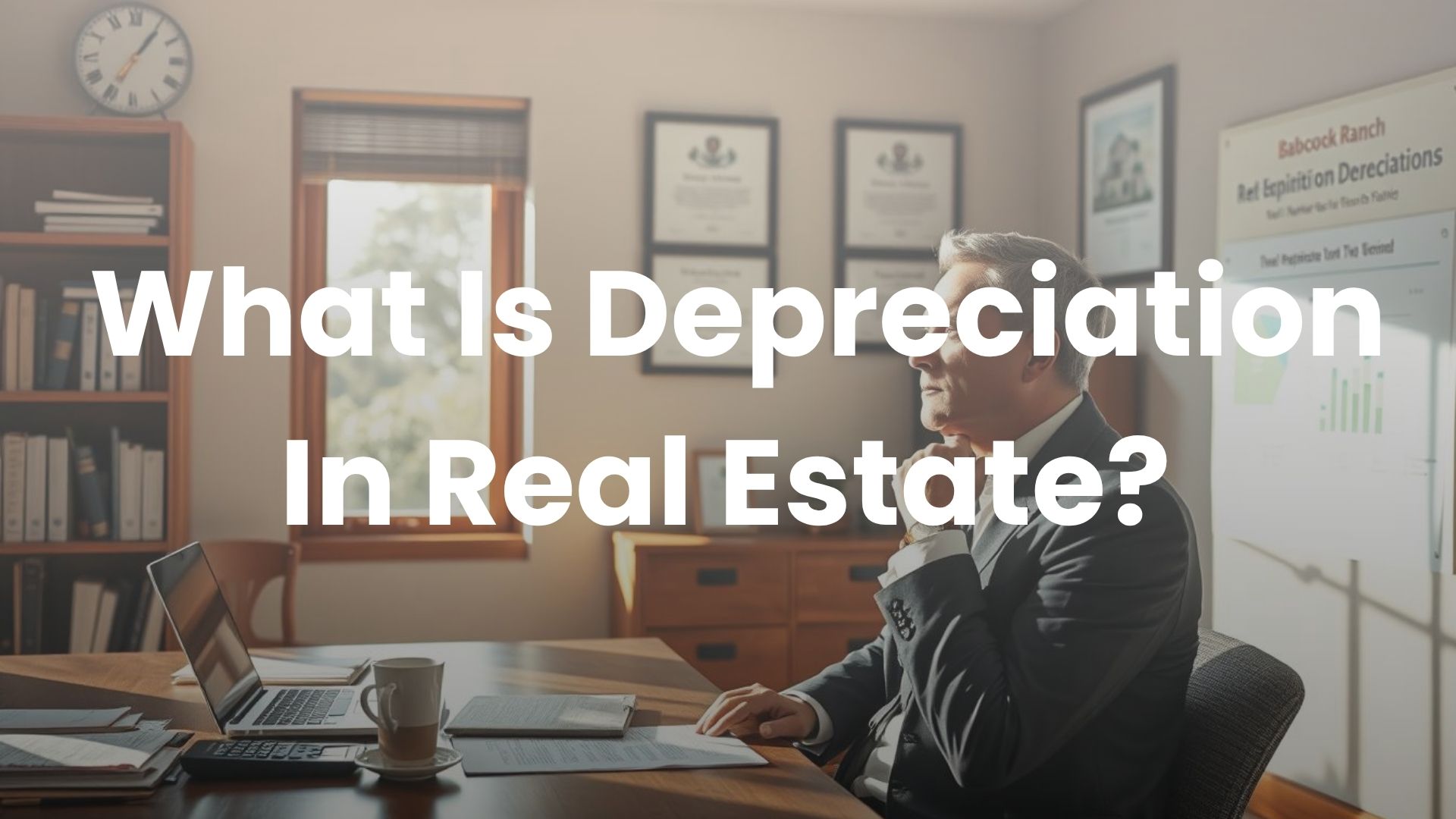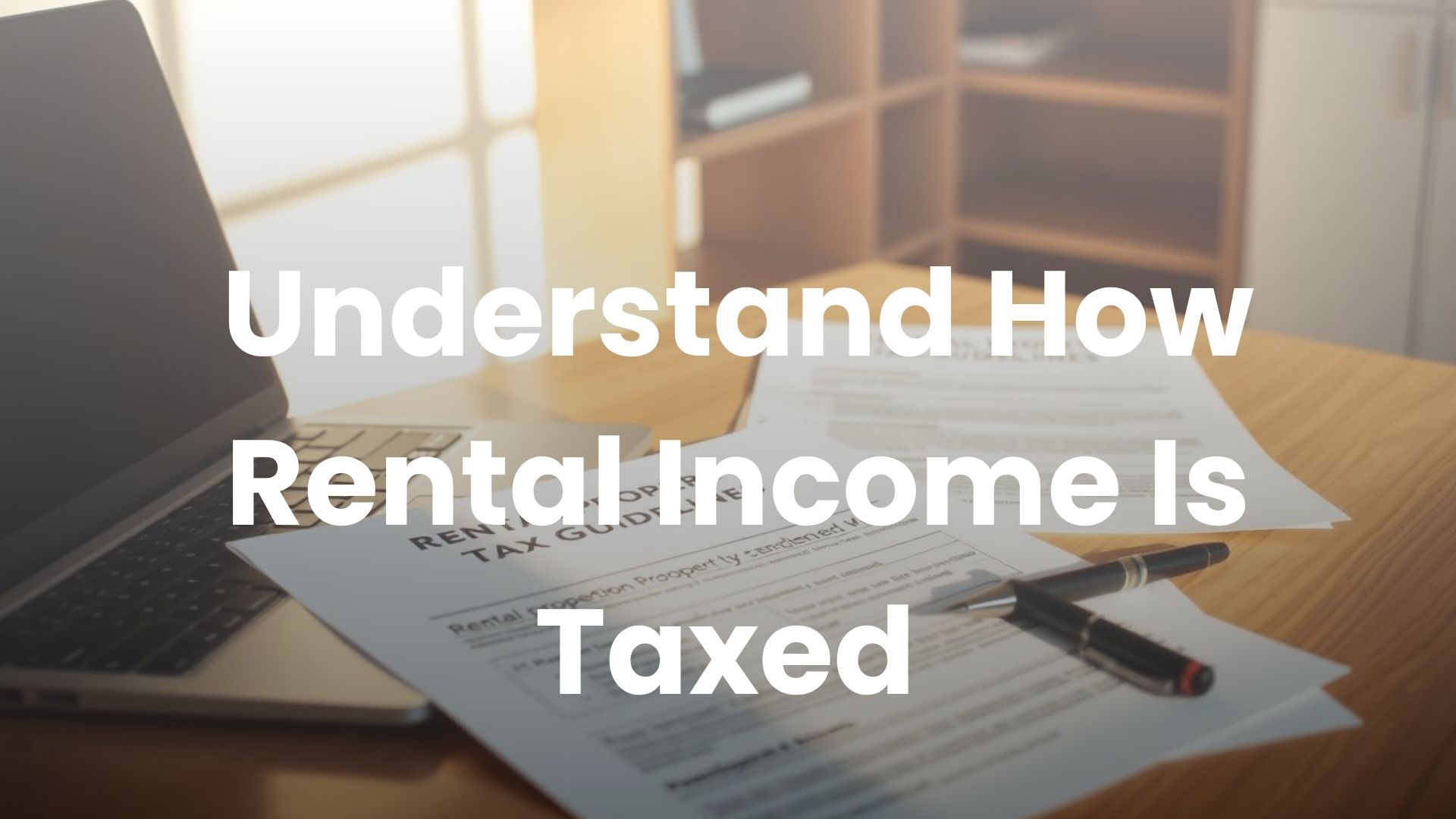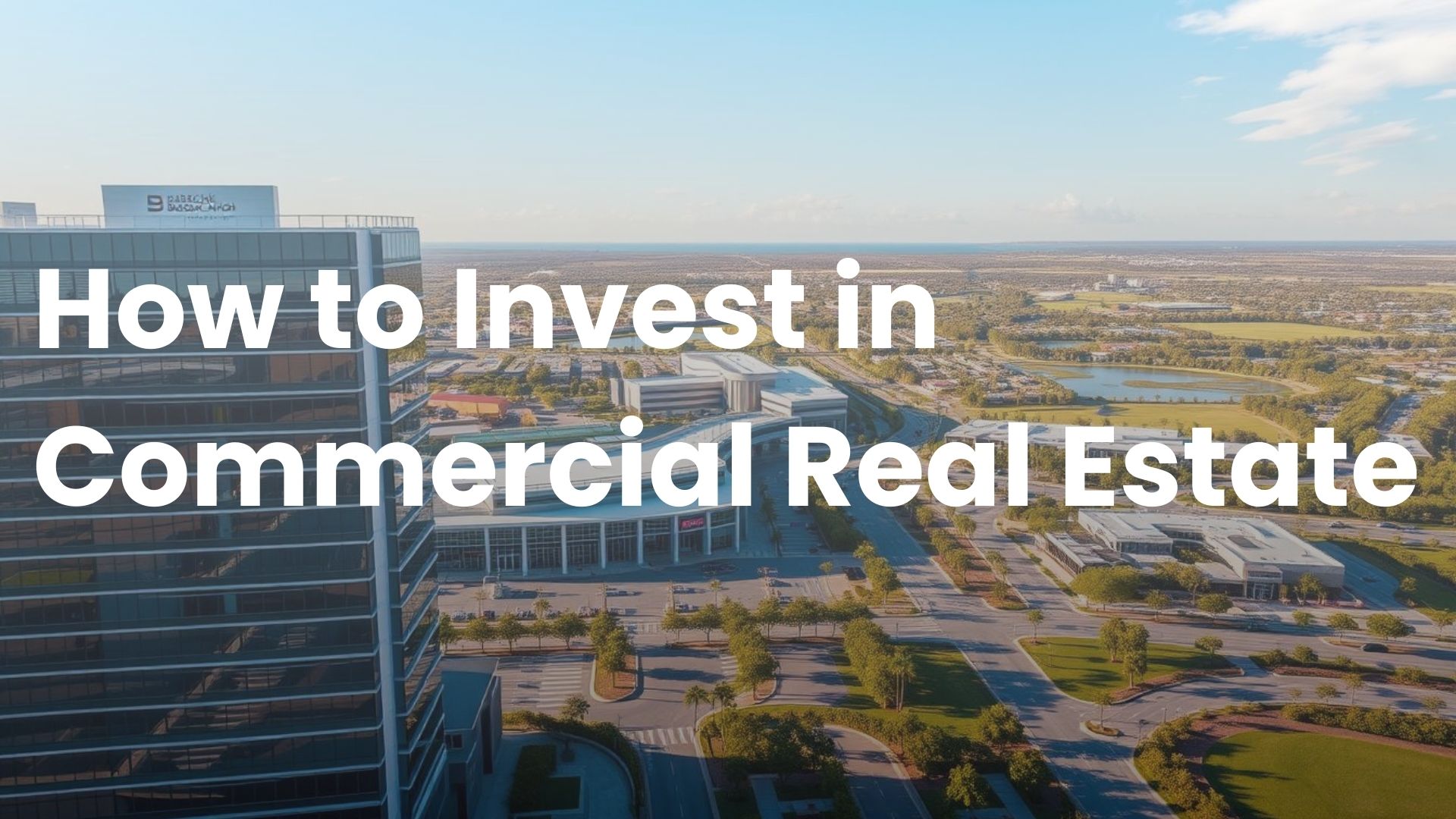
Investing in commercial real estate, particularly office buildings, can be a lucrative opportunity for those seeking long-term income stability and potential appreciation. Babcock Ranch Homes, a trusted real estate company based in Babcock Ranch, Florida, offers expert guidance for investors navigating this complex market.
Office buildings provide a unique investment opportunity, offering benefits such as tax advantages and a steady income stream. With various types of office properties available, from high-rise buildings to business parks, investors can choose the classification that best suits their goals.
For those new to commercial real estate investment, understanding the basics of office building investing is crucial. This includes market research, financial assessment, and building an investment team. By partnering with experienced professionals like Babcock Ranch Homes (518-569-7173), investors can make informed decisions and achieve their investment objectives.
Key Takeaways
- Understand the benefits and complexities of investing in office buildings.
- Learn about different types of office properties and their classifications.
- Discover the importance of market research and financial assessment in office building investments.
- Gain insights into building a successful investment team with expert guidance.
- Explore the advantages of partnering with a trusted real estate company like Babcock Ranch Homes.
The Benefits of Investing in Office Buildings
For investors seeking reliable income streams, office buildings stand out as an attractive option. Investing in commercial real estate, particularly office buildings, offers a multitude of benefits that can enhance an investor’s portfolio.
Long-Term Income Stability
Office buildings provide exceptional long-term income stability compared to residential properties. Lease terms typically range from 3-5 years and can extend up to 15-20 years, creating predictable cash flow for investors. This stability is a significant advantage, as it allows for more accurate financial forecasting and planning.
Triple Net Leases (NNN)
One of the most advantageous lease structures for office buildings is the triple net lease (NNN). In this arrangement, tenants cover property taxes, insurance, and maintenance costs, while investors are only responsible for mortgage payments. This setup generates truly passive income, making it highly appealing to investors seeking to minimize their active involvement.
Depreciation Tax Shelter
Commercial real estate, including office buildings, offers significant depreciation tax shelter benefits. Investors can legally offset income through depreciation write-offs over 39 years, potentially reducing their tax liability substantially. This benefit is a crucial consideration for investors looking to maximize their returns.
The benefits of investing in office buildings are clear. With long-term income stability, advantageous lease structures like triple net leases, and substantial tax benefits, office buildings present a compelling opportunity for investors. Babcock Ranch Homes helps investors capitalize on these benefits through strategic property selection and lease structuring in the Babcock Ranch market.
- Office buildings offer predictable cash flow due to long lease terms.
- Triple net leases provide a form of passive income.
- Depreciation tax shelter benefits can significantly reduce tax liability.
Understanding the Office Building Market

Investing in office buildings requires a deep understanding of the local market dynamics in areas like Babcock Ranch, Florida. The local economy, supply and demand, and real estate cycles all play significant roles in determining the viability of an office building investment.
Economic Factors Affecting Office Investments
Economic factors, particularly job growth in white-collar sectors, significantly impact office building investments. Resources like the United States Bureau of Labor Statistics and local Chamber of Commerce data are invaluable for assessing job growth trends and economic indicators. Understanding these trends helps investors make informed decisions.
Supply and Demand Dynamics
Real Estate Cycles and Office Buildings
The office real estate cycle mirrors the broader economic cycle but typically lags by 4-5 months. This lag creates opportunities for savvy investors who can time their investments correctly. Understanding these cycles is vital for maximizing returns on office building investments.
Types of Office Buildings to Consider
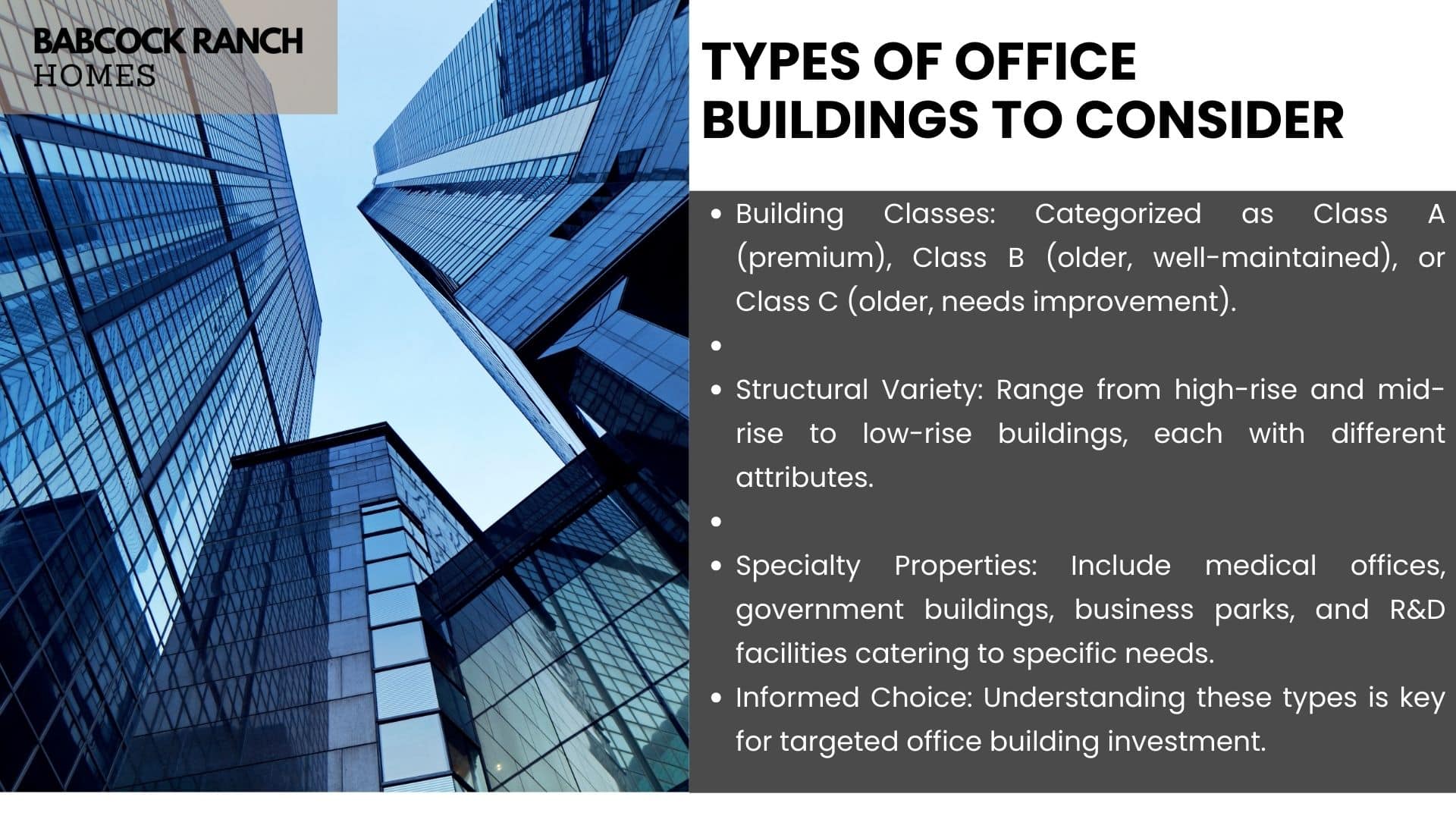
Office buildings come in various forms, each with its unique characteristics and investment potential. Understanding these differences is key to making informed investment decisions.
Building Classifications: Class A, B, and C
Office buildings are typically classified into three categories: Class A, B, and C. Class A buildings are premium properties with high rents, often considered trophy assets. Class B buildings are older but well-maintained, offering a balance between quality tenants and reasonable acquisition costs. Class C buildings are the oldest and may require significant improvements, making them more suitable for value-add investors.
Office Building Structures
Office buildings vary in structure, including high-rise skyscrapers, mid-rise buildings (3-24 floors), and low-rise properties (1-3 floors). Each type has its advantages and challenges, depending on factors like location, tenant demand, and maintenance costs.
Specialty Office Properties
Beyond the standard office buildings, there are specialty types such as medical offices, government buildings, business parks, research and development facilities, and office condos. These properties cater to specific industries or uses, offering unique investment opportunities with distinct tenant profiles and potential for long-term leases.
How to Invest in Office Buildings: Step-by-Step Guide
To successfully invest in office buildings, one must follow a step-by-step guide that covers market research, financial assessment, and building an investment team. This comprehensive approach will help investors make informed decisions and navigate the complexities of commercial real estate.
Market Research and Location Analysis
Conducting thorough market research and location analysis is crucial for identifying promising investment opportunities in office buildings. Investors should examine demographic trends, economic indicators, and the competitive landscape in areas like Babcock Ranch, Florida. This analysis will help determine the potential for rental income and long-term appreciation.
- Analyze local economic trends and job market growth
- Assess the supply and demand for office space
- Evaluate the quality of local infrastructure and transportation
Financial Assessment and Budgeting
A thorough financial assessment is essential for determining the viability of an office building investment. Investors should analyze potential rental income, operating expenses, capital expenditures, and financing options. Creating a realistic budget that accounts for acquisition costs, renovation expenses, and ongoing maintenance is critical for ensuring the investment remains profitable.
| Financial Metric | Description | Example |
|---|---|---|
| Rental Income | Revenue generated from leasing office space | $100,000 per year |
| Operating Expenses | Costs associated with maintaining the property | $30,000 per year |
| Capital Expenditures | Funds used for major improvements or renovations | $50,000 |
Building Your Investment Team
Assembling a strong investment team is vital for navigating the complexities of office building investments. Investors should work with experienced professionals, including real estate agents, commercial property attorneys, accountants, property managers, and contractors who specialize in office buildings. Babcock Ranch Homes (518-569-7173) can provide valuable local expertise and guidance throughout the acquisition process and beyond.
Key Office Building Investment Terms
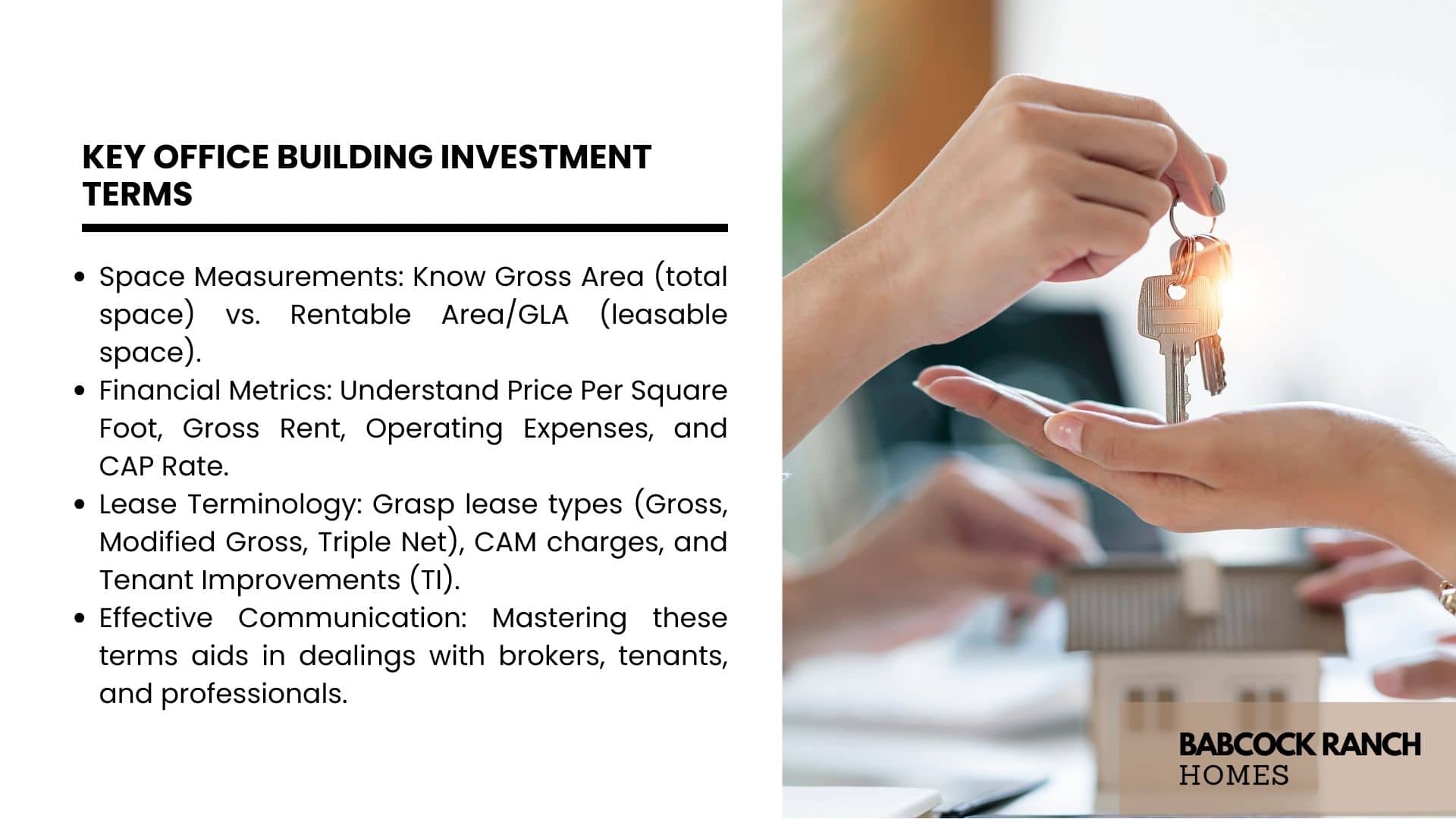
Navigating the world of office building investments requires a grasp of key terms and concepts. As an investor, understanding these terms is crucial for making informed decisions and communicating effectively with brokers, tenants, and other commercial real estate professionals.
Understanding Space Measurements
Two critical terms related to space measurements are Gross Area and Rentable Area/Gross Leasable Area (GLA). Gross Area refers to the total floor space of a building, while Rentable Area or GLA is the actual space available for leasing. Understanding these measurements is vital for calculating rental income and expenses.
Financial Terms and Metrics
Several financial terms are essential for office building investors to understand. “Price Per Square Foot” is a common metric used to evaluate the cost of a property. Gross Rent is calculated by multiplying the price per square foot by the rental area. Other key financial metrics include Operating Expenses, which encompass insurance, taxes, repairs, and maintenance, and Capitalization (CAP) Rate, which determines the return on investment by dividing net operating income by the sales price.
Lease-Related Terminology
Lease-related terms are also vital for investors. Different types of leases, such as Gross Leases, Modified Gross Leases, and Triple Net Leases, affect how expenses are divided between landlords and tenants. Additionally, understanding Common Area Maintenance (CAM) charges, Tenant Improvements (TI), and reimbursement structures can help investors navigate lease negotiations and property management.
As emphasized by industry experts, “Understanding these key terms will empower you to communicate effectively with brokers, tenants, and other commercial real estate professionals, giving you confidence when evaluating potential office building investments.”
Office Building Leases Explained
Office building leases are the backbone of commercial real estate investing, directly impacting income and profitability. The lease structure chosen can significantly influence the financial performance of an office building investment.
Gross Leases vs. Triple Net Leases
Gross leases and triple net leases (NNN) represent two extremes in lease structures. Gross leases benefit tenants by requiring them to pay only rent, while landlords cover all operating expenses. In contrast, triple net leases shift the responsibility for taxes, insurance, and maintenance to tenants, creating a truly passive income stream for landlords.
- Gross leases are attractive to tenants but may be less profitable for investors.
- Triple net leases are popular for generating passive income.
Modified Gross Leases
Modified gross leases offer a middle ground between gross and triple net leases. These leases can be customized to allocate expenses between landlords and tenants in a way that suits both parties. This flexibility makes modified gross leases an attractive option for creating win-win scenarios.
Negotiating Favorable Lease Terms
Negotiating lease terms is a critical aspect of office building investments. It’s advisable to hire professional assistance when negotiating leases, as everything in a lease is potentially negotiable. Effective negotiation can help maximize income while maintaining tenant satisfaction.
Potential Pitfalls in Office Building Investments
Understanding the potential downsides of office building investments is crucial for success. Investors must be aware of the risks that can impact their returns and take steps to mitigate them.
Vacancy Risks and Mitigation Strategies
Vacancy risks can significantly affect cash flow and property valuation. Economic cycles play a crucial role in office rental rates and occupancy levels. To mitigate this risk, investors should monitor the real estate cycle and consider investing when the market is on its way down. Diversifying your tenant base can also help spread the risk.
- Monitor economic trends to anticipate potential downturns.
- Diversify your tenant base to reduce dependence on a single tenant.
Managing Tenant Turnover
Large tenants can cause a financial burden if they leave, as they often occupy significant square footage. Establishing a reserve fund to cover mortgage, insurance, and taxes during such periods is essential. Staggering lease expiration dates can also help maintain consistent occupancy and income.
“A well-managed tenant turnover strategy is key to maintaining a stable income stream from your office building investments.”
Property Obsolescence Concerns
Property obsolescence, including technological, functional, and aesthetic obsolescence, can make an otherwise good investment turn over time. Regular updates and improvements are necessary to keep you building competitive in the market. This includes incorporating modern amenities and ensuring the property remains functional and appealing to potential tenants.
Babcock Ranch Homes: Your Partner in Office Building Investments
Babcock Ranch Homes is your trusted ally in navigating the complex world of office building investments. With a comprehensive suite of services, they empower investors to make informed decisions in the commercial real estate market.
Services Offered
Babcock Ranch Homes provides a wide range of services including property acquisition, management, leasing, and investment advisory. Their expertise ensures that investors can navigate the intricacies of office building investments with confidence. By leveraging their extensive network of industry professionals, including commercial brokers and property managers, Babcock Ranch Homes supports investors throughout their investment journey.
Expertise in Babcock Ranch, Florida
The team at Babcock Ranch Homes possesses deep knowledge of the local real estate market in Babcock Ranch, Florida. Their understanding of local economic trends, development patterns, and tenant preferences is invaluable for investors looking to maximize their returns in the area’s commercial properties market.
Success Stories
Babcock Ranch Homes has a proven track record in facilitating successful office building investments. Their success stories and case studies demonstrate their ability to identify lucrative opportunities and guide investors towards profitable decisions in the office and property investment sector.
To discuss your office building investment goals and learn how Babcock Ranch Homes can assist you, call them at 518-569-7173. Their team is dedicated to helping you build a successful commercial real estate portfolio.
Managing Your Office Building Investment
Office building management involves a complex array of tasks that require careful planning and execution. Effective management is crucial to maintaining the property’s value and ensuring tenant satisfaction.
Property Management Considerations
One of the primary decisions you’ll face is whether to self-manage your office building or hire a professional property management company. This choice depends on your experience, resources, and the specific needs of your property. A professional management company can handle tasks such as rent collection, tenant communication, and maintenance coordination, freeing up your time to focus on strategic decisions.
Maintenance and Improvement Strategies
Regular maintenance is essential to preserving the value of your office building. This includes implementing preventative maintenance schedules, planning capital improvements, and making strategic upgrades to attract and retain quality tenants. By investing in your property, you can enhance its appeal and maintain a competitive edge in the market.
Building a Contingency Plan
A comprehensive contingency plan is vital for preparing for unexpected events such as major repairs, extended vacancies, or economic downturns. By having a plan in place, you can minimize the impact of these events on your investment and ensure its long-term stability. This plan should include strategies for managing cash flow, maintaining tenant relationships, and adapting to changing market conditions.
Conclusion: Building Your Office Investment Portfolio with Babcock Ranch Homes
As we conclude our guide on investing in office buildings, it’s clear that this asset class offers significant opportunities for long-term wealth creation. Investing in office buildings can provide long-term income stability, tax advantages through depreciation, and potential appreciation over the years. To succeed, it’s crucial to follow a step-by-step approach, from conducting thorough market research and property selection to negotiating favorable leases and managing your investment effectively.
Partnering with experienced professionals like Babcock Ranch Homes (518-569-7173) can significantly enhance your investment journey, especially in the Babcock Ranch, Florida area. By combining the knowledge gained from this guide with expert support, you can build a diversified office investment portfolio that generates consistent cash flow and provides opportunities for business development.
Take the next step in your office building investment journey with confidence, leveraging the insights and expertise available to you.

